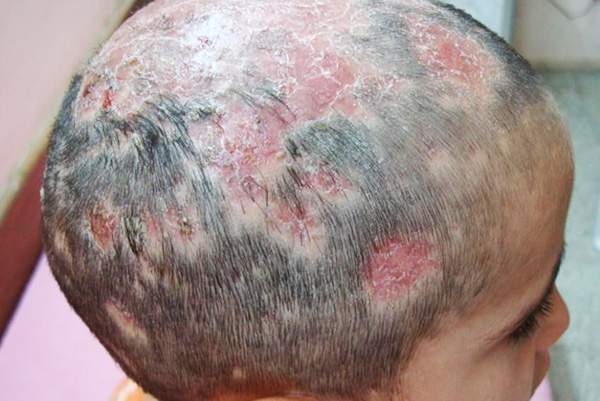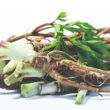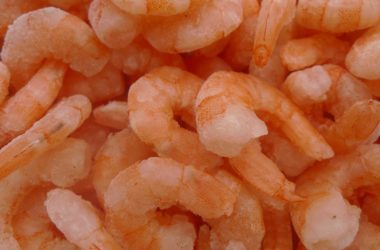A kerion is actually a severe form of tinea capitis, which is a fungal infection of the scalp. It is definitely not a pretty sight — it appears as a swollen and thickened area on the scalp that is often covered with bumps that are filled with pus. If untreated, permanent hair loss and scarring can be expected.
Medical experts say that a kerion is almost exclusive to kids, although it’s not unlikely for teenagers and young adults to suffer from this scalp condition, too. Since it’s an infection, a kerion is often accompanied by fever. Also, lymph nodes nearby, such as those behind the ears or in the neck, can become painful and swollen.
Provided that it is treated promptly, it’s very much possible to keep complications from striking. Even though an expert will find it easy to determine whether or not it’s a kerion just by looking at it, he or she may also request to have scales on the affected area to be examined under a microscope for confirmation.
Since a kerion is a fungal infection, antifungal medications are the ones employed for dealing with it. Oral antifungal drugs may be prescribed, sometimes alongside with topical solutions like special creams and shampoos.
In order to keep a kerion at bay, one should prevent a fungal infection of the scalp from happening. This can be a challenge because it’s something that can easily spread from person to person, either by skin-to-skin contact or by means of objects that are contaminated — pillows, towels, hats and others.
Fortunately, there are some home remedies available for an infection of the scalp brought about by fungi in order to stop it from worsening and winding up as a kerion. Here are some of the best ones for the job:
Coconut Oil
On a regular basis, coconut oil should be massaged on the scalp. This healthy oil with a delightful scent possesses superb antifungal properties, which means that it can keep fungi behind the scalp problem from further multiplying and spreading. Coconut oil application also helps ward off severe itchiness, something that accompanies a scalp fungal infection. Scratching is a no-no as it can definitely make matters worse.
Apple Cider Vinegar
Rinsing the scalp with apple cider vinegar can help put the scalp infection to an end in no time. Just like coconut oil, this sour liquid is capable of zapping fungi. Since apple cider vinegar is too strong, it should be weakened with equal amounts of water. Rinsing the scalp with apple cider vinegar is best done after shampooing.
Garlic
One of the most easily accessible home remedies for a fungal infection of the scalp is garlic because just about every kitchen on the planet has it. Thanks to its powerful antifungal properties, this very common culinary herb can help in managing the problem, saving it from worsening and turning into a kerion. Twice a day, crushed garlic should be applied on the problem area. It will also help a lot if the individual includes plenty of garlic in his or her diet.
Unripe Papaya
Those who cannot stand the pungent smell of garlic may turn to unripe papaya instead, which is capable of killing off fungi as well as relieving swelling and itchiness. About twice daily, a small piece of unripe papaya should be grated and applied on areas of the scalp that are infected.
Tea Tree Oil
It is definitely a good idea for every medicine cabinet on the planet to have a small bottle of tea tree oil in it. That’s because it’s one of the most powerful all-natural fungi eliminator known to man. So potent, it should be diluted just before using. A few drops of it may be added to regular shampoo, instantly turning it into the antifungal kind. A couple of drops of tea tree oil may be added to olive oil or any other carrier oil, and then applied on problem areas.














